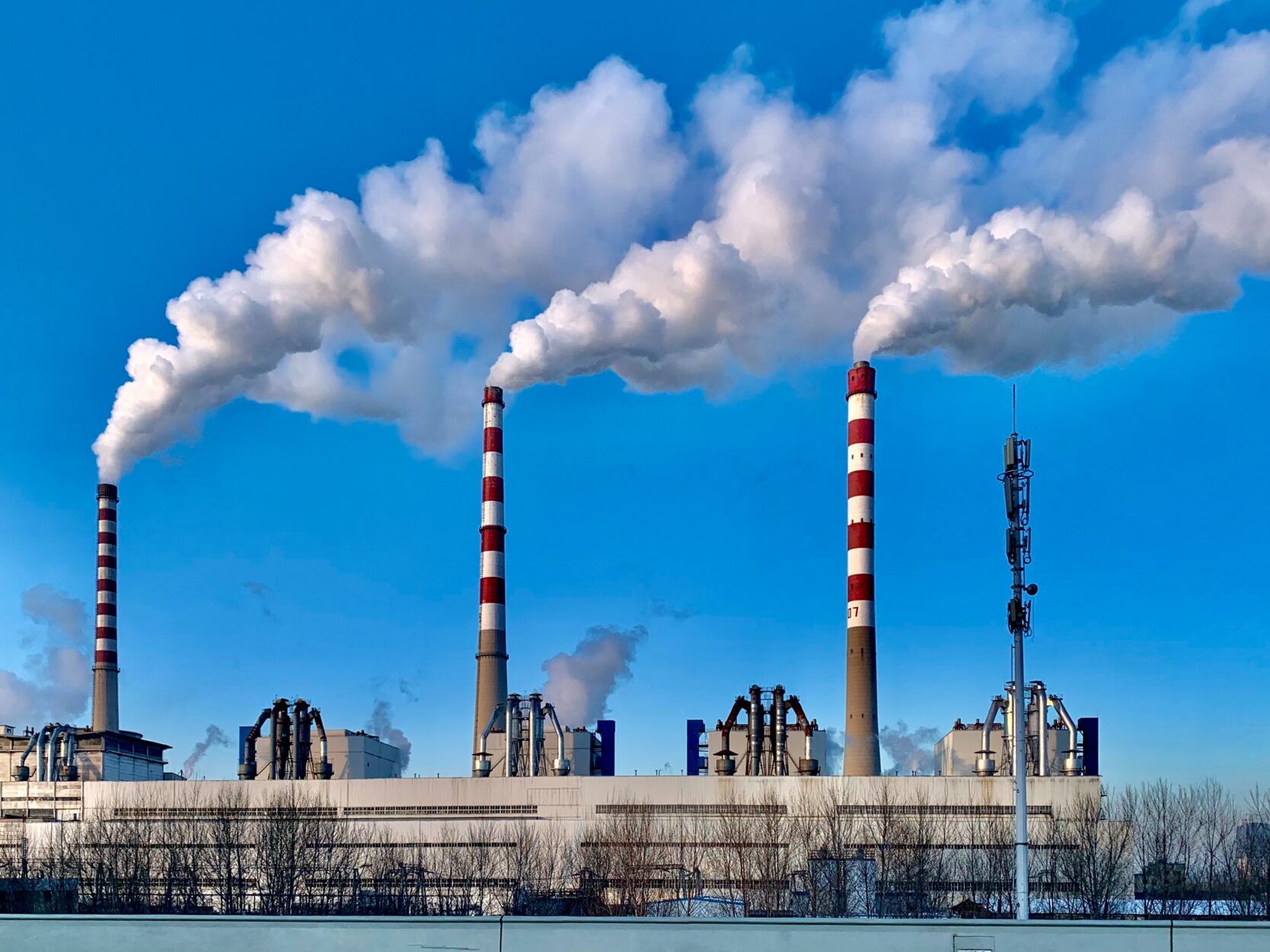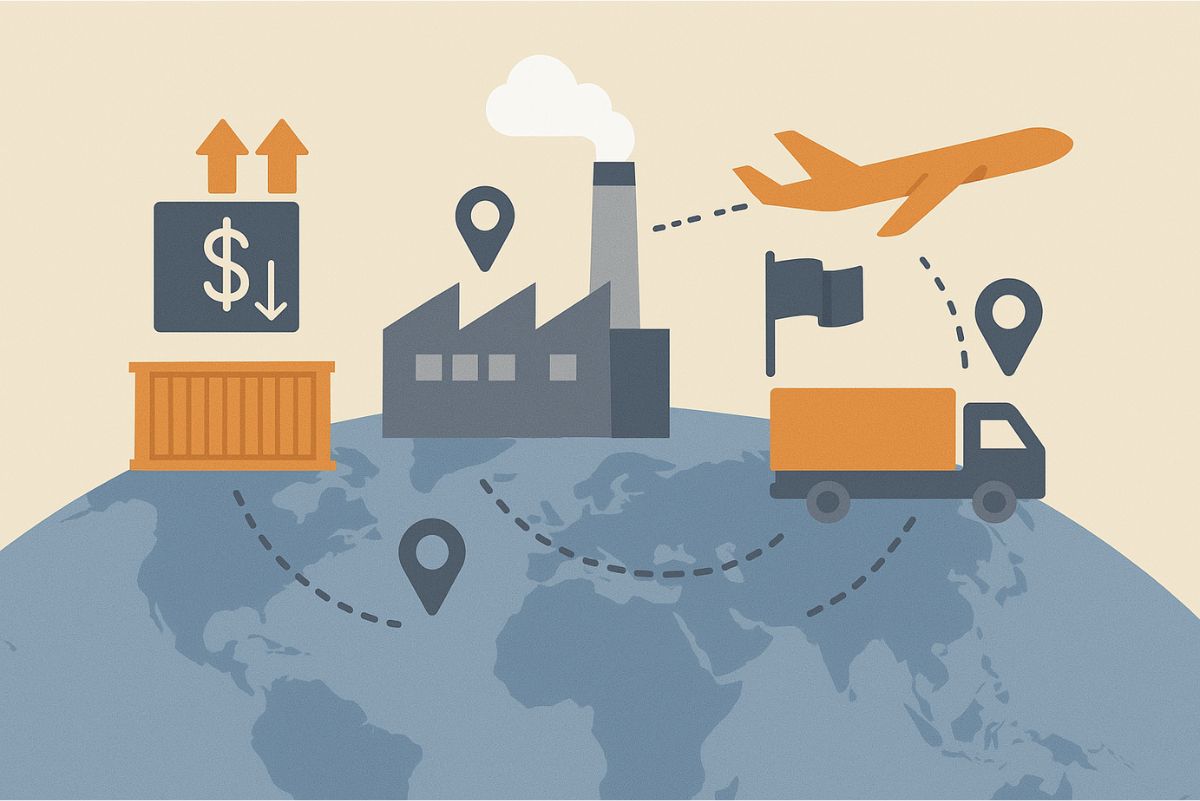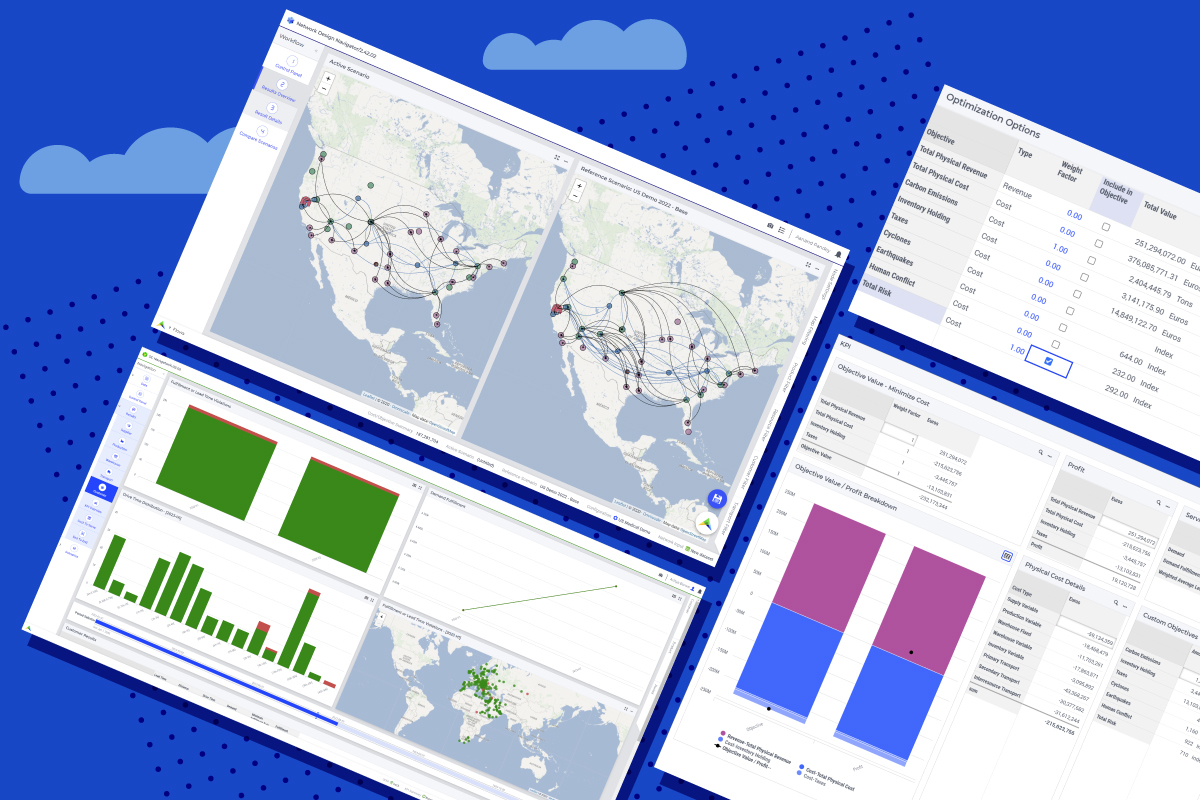Sustainable Supply Chains: You Can’t Manage What You Can’t Measure
Measuring corporate sustainability efforts represents a huge challenge for companies of all sizes. How do you optimize? Where do you start? How much will it cost and when can your business expect a return on the environmental investment – will it be months, years, or even decades?
According to EY, 90% of companies’ environmental impact comes from their supply chains. EY goes on to say: “Beyond risk avoidance and compliance, organizations are seeking ways to create long-term value by embedding sustainability into supply chain operations.”
In a Harvard Business Review Whiteboard Session, Andrew Winston suggests that companies should focus on four components to redefine return on investment for supply chain sustainability:
1. Cost reduction
reducing material waste, improving efficiency, and reducing their carbon footprint.
2. Revenue growth
examining how a sustainable supply chain can affect market share, stock price, and profitability.
3. Risk management
managing regulatory and compliance risks, and building resilient sourcing strategies.
4. Intangibles
exploring how sustainability improves customer loyalty, brand reputation, innovation, employee quality of life, and retaining talent.
One key metric for measuring environmental impact is of course carbon. In order to effectively manage carbon emissions, it’s important to understand the different types of emissions and where they come from. There are three different scopes of emissions that companies need to consider:
Scope 1 emissions
Are direct emissions from sources that are owned or controlled by the company? This includes emissions from burning fossil fuels in company-owned vehicles or equipment, as well as emissions from on-site manufacturing processes.
Scope 2 emissions
Are indirect emissions from the generation of purchased electricity, heating, and cooling? This includes emissions from power plants that generate electricity for company use.
Scope 3 emissions
Are all other indirect emissions that occur in the value chain, including emissions from the production of purchased goods and services, employee commuting, and waste disposal? These emissions are often the most difficult to measure and manage, as they are often outside of the company’s direct control.

In Europe, carbon legislation has played a significant role in driving sustainability in supply chains. The European Union Emissions Trading System (EU ETS) is a cap-and-trade system that sets limits on greenhouse gas emissions for industries such as power and manufacturing. The system works by requiring companies to purchase carbon allowances for their emissions, creating a financial incentive for companies to reduce their emissions.
In addition to the EU ETS, there are other regulations and initiatives aimed at reducing greenhouse gas emissions in the supply chain. For example, the EU’s Circular Economy Package sets targets for reducing waste and increasing the use of recycled materials in products, while the Sustainable Finance Disclosure Regulation (SFDR) requires financial institutions to disclose the environmental impact of their investments.
What is the optimal approach for modeling carbon costs?
At AIMMS, we offer a supply chain network design application that facilitates such modeling for companies. Our platform allows network analysts and modelers to conveniently create a customized cost category through our data import wizard, specifically designated as “carbon costs”. This feature empowers users to identify the specific points in the supply chain where carbon emissions occur.
To calculate the carbon emissions associated with activities within your supply chain, you can utilize publicly available data on emission factors. Notably, resources such as the Environmental Protection Agency in the United States or the UK Government’s conversion factors for company reporting on greenhouse gas emissions can be employed for this purpose.
For the conversion of carbon tons to carbon costs, it is advisable to reference a publicly accessible source of carbon pricing. A useful resource to gain insights into how other companies handle this aspect is the article by McKinsey. For instance, Danone publicly reports its carbon-adjusted earnings per share (EPS) by utilizing an internal carbon pricing of €35 per metric ton emitted.
Certain organizations have chosen to establish their carbon cost thresholds at $40 per metric ton. However, it is worth noting that this amount might not sufficiently account for other externalities. According to the recommendations of the High-Level Commission on Carbon Prices, this threshold will need to be raised to $100 per metric ton by 2030 to align with the standards outlined in the Paris Climate Agreement. Once the conversion from carbon tons to carbon costs is completed, these values should be transformed into cost coefficients per unit of activity and incorporated into your model.
Learn best practices to model carbon costs in network design.
AIMMS customers can then utilize scenario analyses to assess the implications of carbon costs. For example, they can:
- Optimize solely for physical costs
- Optimize exclusively for carbon costs
- Optimize for both physical and carbon costs
By comparing the outcomes of these scenarios, users can determine the additional physical costs incurred when optimizing for carbon costs and the supplementary carbon costs incurred when prioritizing physical costs.
Summing Up
CO2 is no longer just a metric to hit or a law to comply with. It’s an effective business strategy – one with the potential to improve every area of your supply chain in combination with reaching your ESG goals. Making better use of scarce resources, using less energy for a given output, replacing physical “stuff” with intellectual “smarts” – all are proven practices for improving supply chain performance, but all are sustainable, too.
But why not go beyond carbon reductions? By using the custom objectives feature, the possibilities to optimize ESG parameters are unlimited. Which objective is important for your company? This can be energy consumption, water consumption, responsible business, climate risks, or recycled materials.
To take the first step towards creating a sustainable supply chain, book a personal demo with AIMMS today.





